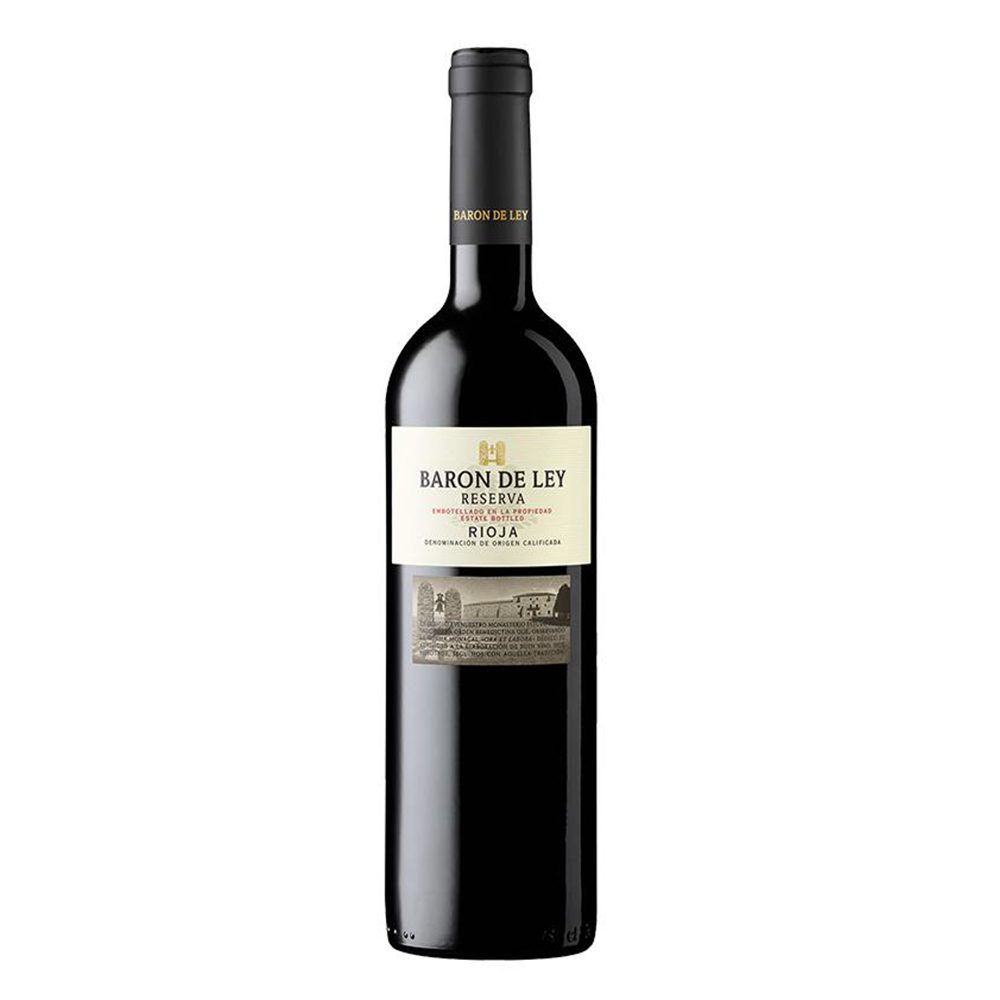Exploring the world of wine can be a fascinating journey, especially when delving into the rich history and tradition of Spanish wines, particularly Rioja. One aspect that often confounds enthusiasts is deciphering the labels adorning bottles of Rioja wine. In this guide, we’ll unravel the intricacies of Rioja wine labels, empowering you to navigate the shelves with confidence and discover the perfect bottle for any occasion.
Understanding the Denominación de Origen (DO) Rioja:
Before diving into the specifics of Rioja wine labels, it’s essential to grasp the significance of the Denominación de Origen (DO) Rioja. Established in 1925, this regulatory body governs wine production in the Rioja region of Spain, ensuring adherence to strict standards that define the quality and characteristics of Rioja wines.
Key Elements on Rioja Wine Labels:
1.Designation of Origin:
Look for the “DOCa Rioja” or “DO Rioja” designation, indicating that the wine meets the rigorous standards set forth by the regulatory council.
2.Aging Classification:
Rioja wines are classified based on their aging process, which significantly influences their flavor profile and complexity. Labels may feature the following classifications:
1.Crianza:
Wines aged for a minimum of two years, with at least one year spent in oak barrels.
2.Reserva:
Wines aged for a minimum of three years, with at least one year in oak barrels and additional aging in the bottle.
3.Gran Reserva:
The highest designation, indicating wines aged for at least two years in oak barrels and three years in the bottle.
4.Grape Varieties:
Rioja wines can be crafted from several grape varieties, including Tempranillo, Garnacha, Graciano, and Mazuelo. Labels may specify the predominant grape or blend used in the wine.
5.Vintage Year:
Indicates the year the grapes were harvested, providing insight into the wine’s age and potential flavor characteristics.

6.Producer Information:
Look for the name of the winery or producer, providing valuable context and credibility to the wine.
7.Quality Designation:
Some Rioja wines may carry additional quality designations, such as “Vino de Pago” or “Vino de Calidad,” signifying exceptional quality and adherence to even stricter standards.
Conclusion:
Navigating Rioja wine labels doesn’t have to be intimidating. Armed with a basic understanding of the key elements outlined above, you can confidently select the perfect bottle of Rioja to complement any occasion. Whether you’re seeking a vibrant Crianza for everyday enjoyment or a prestigious Gran Reserva for a special celebration, Rioja offers a diverse range of options to suit every palate. Cheers to exploring the world of Spanish wine and uncovering the hidden treasures nestled within each bottle.
All Rioja Wines in Saghi:
- £221.99
- £28.99
- £154.99
- £136.99
- £28.99
- £27.99
- £16.99
- £12.99
- £18.99
- £17.99
- £24.99


























































